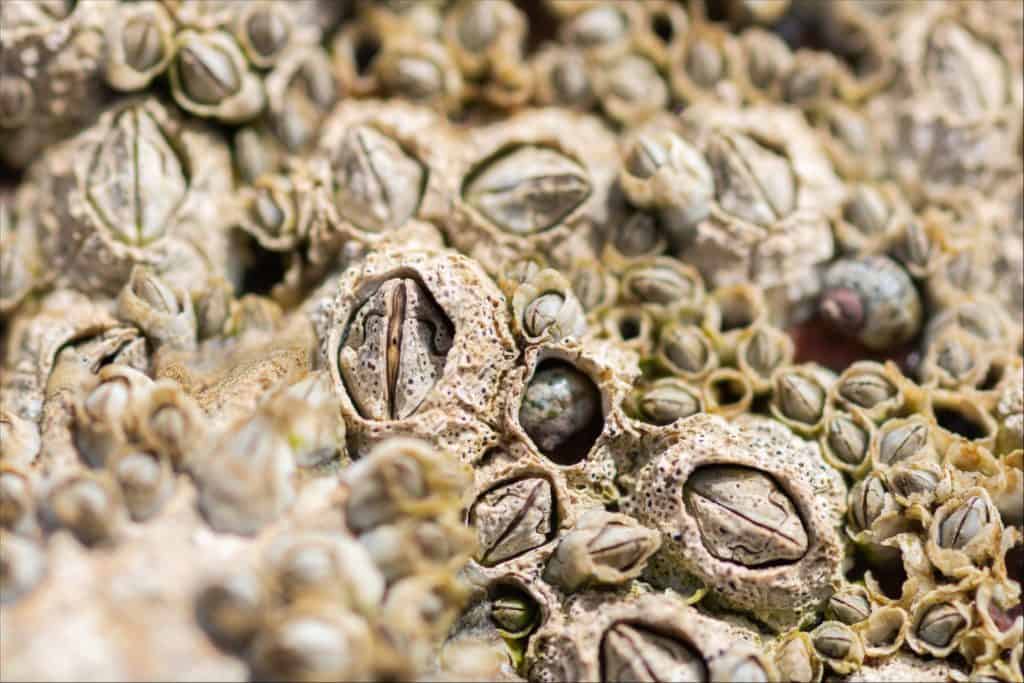Sessile is a word with multiple meanings. However, it most often applies to botany and pertains to leaves that directly attach to the plant’s stalk, without a petiole (leaf stalk). For example, a blade of grass is both a stalk and a leaf, since the leaf on the blade is a part of the stalk.
Applied to Botany
Regarding the term “sessile,” plants divide into three categories—sessile, non-sessile, and sub-sessile. Sessile plants use up the least energy, simply because of the leaf’s closer proximity to the stem. There’s no extra energy requirement for the transfer of energy and nutrition across a petiole.
In sessile organisms, everything tends to clump together and the majority of this type of plant grows on rocks and at the bottom of tree trunks. Flowers divide into these same groups, though the term for a non-sessile flower is pedicellate, and a non-sessile leaf is petiolate.
Applied to Biology

©Alexisaj/Shutterstock.com
Non-plant sessile applies to organisms that cannot move. They are rooted in one place where they are born, grow, live, and die. They lack the capability of “self-locomotion.” A barnacle is a primary example of a sessile organism.
Some organisms are sessile in certain stages of their growth and non-sessile or sub-sessile in others. A sponge is a good example of a creature that undergoes a sessile period throughout its growth. In fact, this stage of growth (for a sponge) is the final, or adult, stage of its life cycle.
Jellyfish develop sessile polyps throughout their life cycles as well. Corals are motile until they finish laying down the sediment and foundation from which they will grow. Once a coral’s job is complete, the motile portion of its lifespan is over.
There are a surprising number of sessile, non-plant creatures across the world, including sponges, corals, barnacles, hydra, tunicates, jellyfish polyps, mussels, sea anemones, limpets, and cochineal (in their nymph stage). Like plants, sessile organisms prefer to clump together in large groups. In marine life, they tend to grow on rocks and the hulls of boats.
Other Definitions for Sessile
Sessile is not a very common word in any language but it does have meaning outside of a botanical or zoological perspective. For instance, if you were to dig a hole in your backyard, plant a 4×4 post in it, and fill the hole with concrete, you will have a sessile construct.
The idea of planting, in terms of affixing something (not planting a plant) to a surface on a permanent basis, is where the word sessile accurately applies.
Sessile Pronunciation
Sessile is pronounced: “ses – il”




